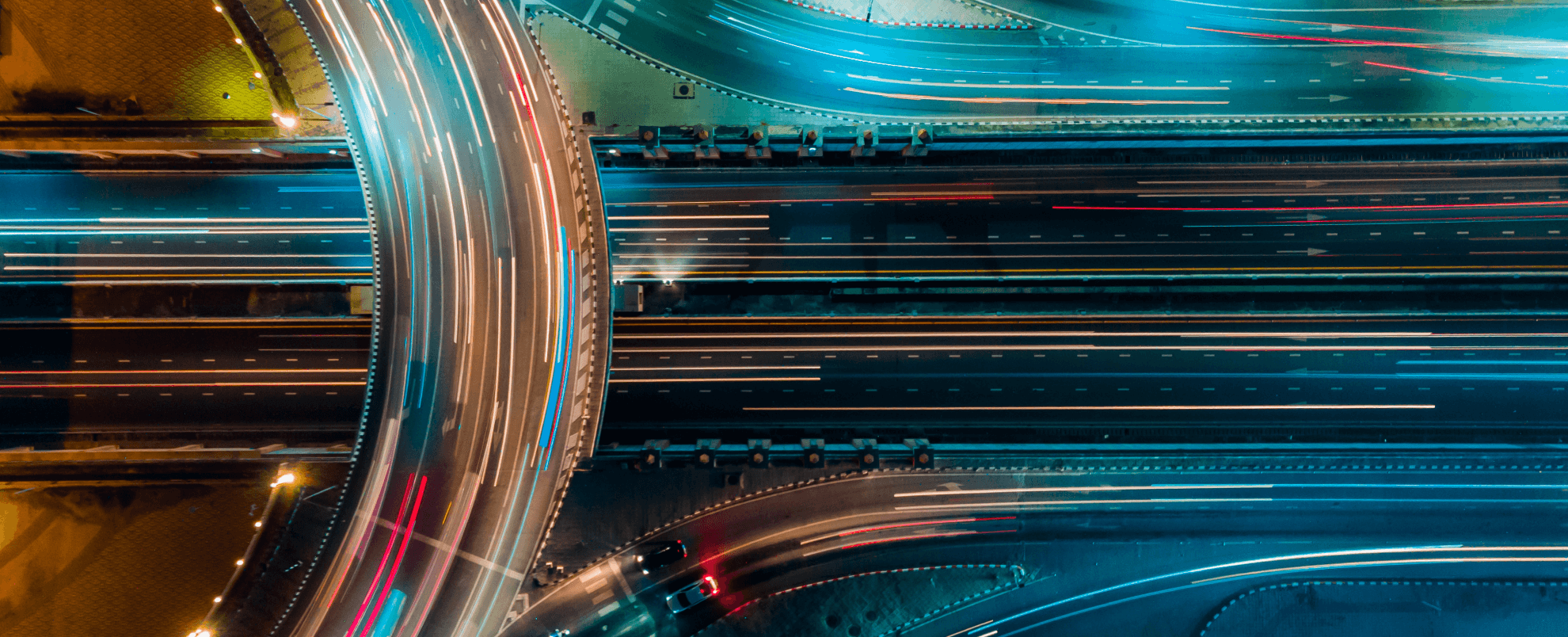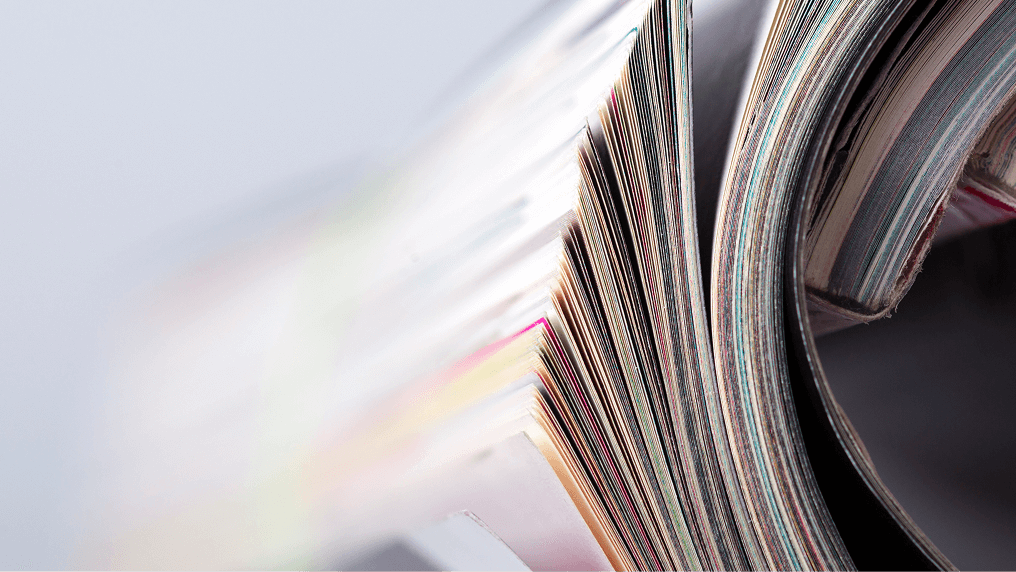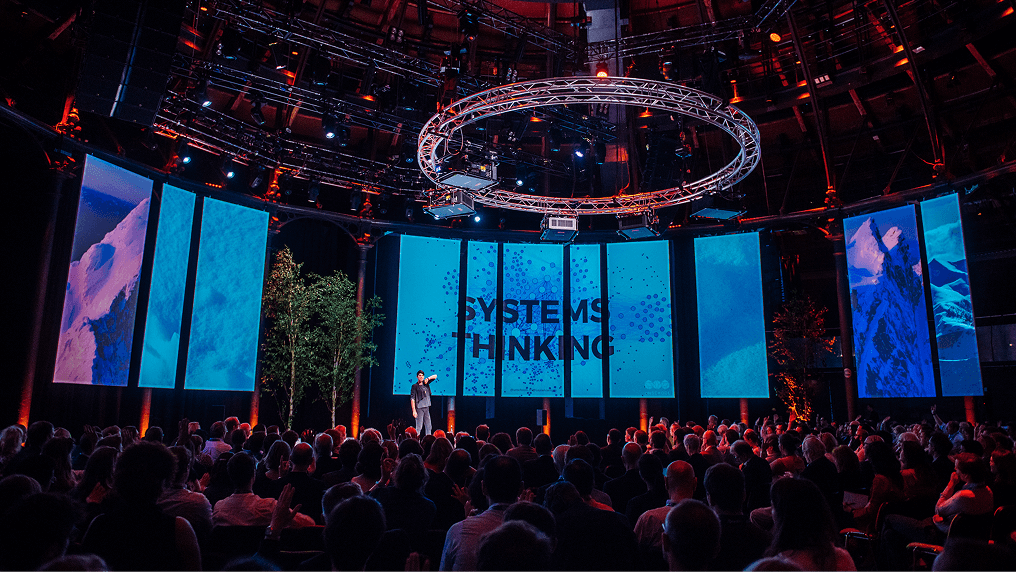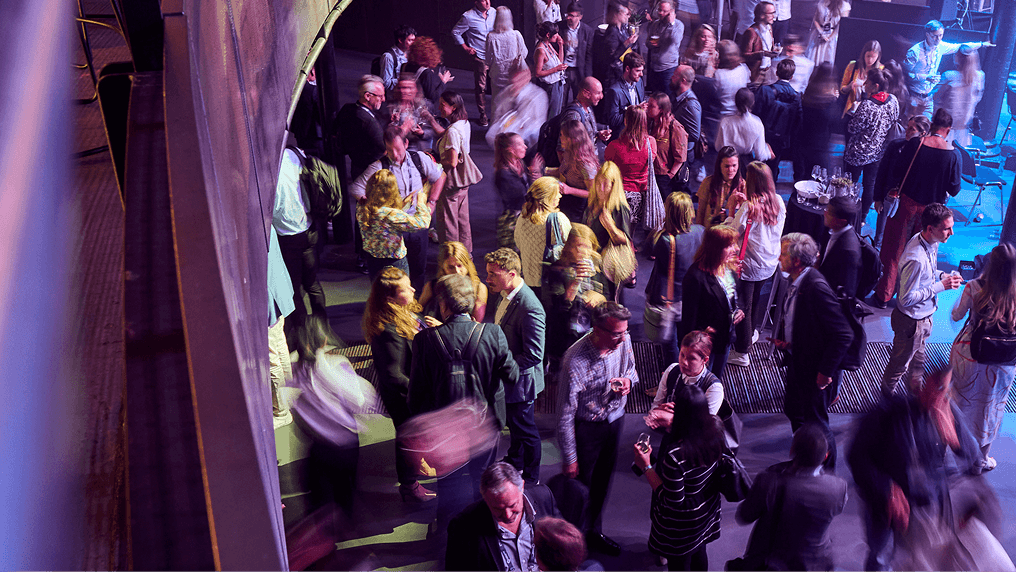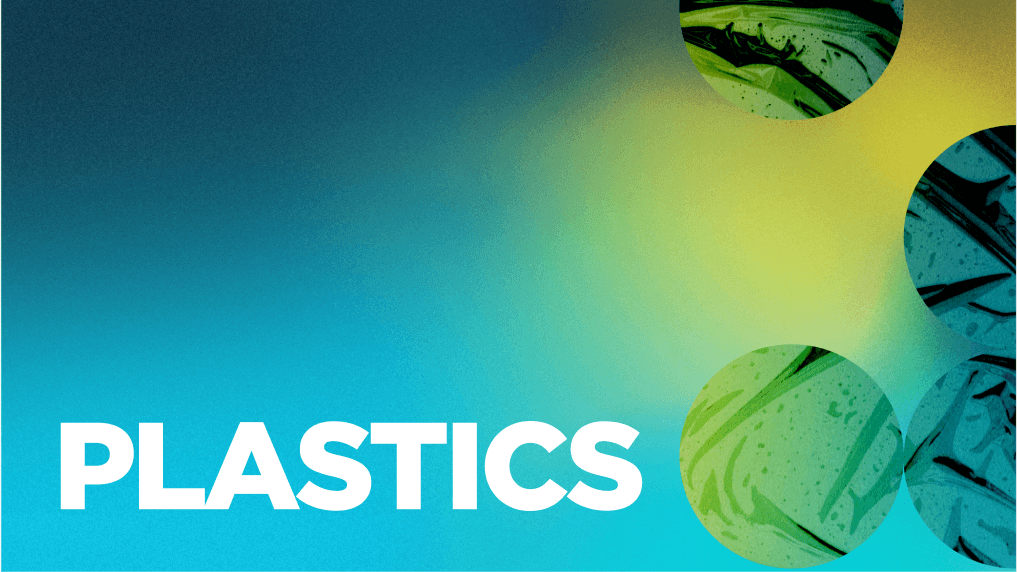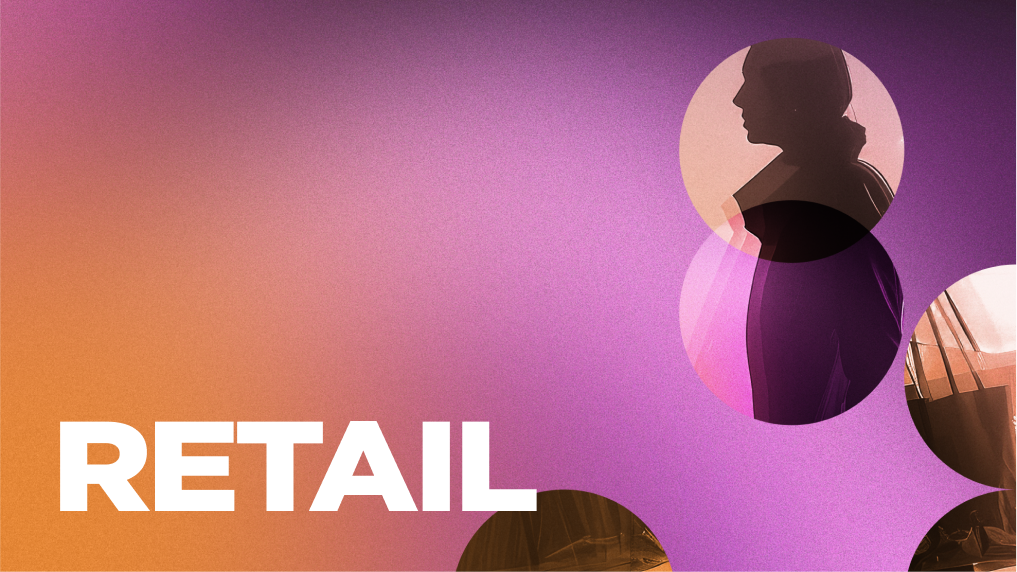Our mission: accelerate the circular economy transition
The linear, take-make-waste economy is the main driver behind today’s crises of climate change, biodiversity loss, and pollution.
We work to accelerate the transition to a circular economy. Designed to thrive within planetary boundaries, a circular economy eliminates waste and pollution, circulates products and materials at their highest value, and regenerates nature. It’s a global system that delivers better outcomes for people and the environment while driving economic resilience and opportunity.
Backed by evidence and powered by partnerships across sectors and regions, we are a systems change organisation aiming to reshape markets.
Solving today’s challenges means moving on from old models, and building what comes next. By 2030, we want the circular economy to be on its way to business as usual.
Our role: help tackle the barriers to scaling the circular economy
The Foundation brings together businesses, policymakers, and global institutions to create an unparalleled platform for impact. With deep relationships across industries and a trusted voice in the field, we’ve built the vision for the circular economy and helped put it on the global agenda, driving unstoppable momentum.
Our role now is to help deliver it. That means overcoming the systemic barriers that no organisation can solve alone, from misaligned market incentives to missing infrastructure. We work with global leaders to mobilise bold, evidence-based business and policy action. Our pioneering work has already shown what’s possible. We united over 1,000 public and private organisations worldwide behind a common goal to eliminate plastic pollution – an unprecedented level of collaboration.
Now is the time to go further, faster, to deliver circular economy solutions at scale.
Our approach: leverage business and policy to unlock real-world progress at scale
For circular economy solutions to scale, they need innovation, infrastructure, and investment. We identify where those solutions are ready to take hold and what conditions are needed to unlock their impact at regional and global levels. We're moving beyond pilots to accelerate global implementation and drive long-term value.
As an independent charity, we mobilise business and policy leaders and help them to drive the most effective solutions faster and at scale.
By applying a consistent approach, we can catalyse scalable, evidence-based business and policy solutions by 2030 that are at once localised and globally impactful. To shift economic incentives and resource flows towards a circular economy, we work to:
Set vision and direction and create alignment with leaders to develop roadmaps for circular economy solutions
Identify systemic barriers to profitable, scaled implementation that no one actor can overcome alone
Coordinate and catalyse collaborative business action via our extensive global ecosystem to mobilise solutions to those systemic barriers
Lead joint policy advocacy to create conditions that level the playing field for circular solutions to scale
Our focus: big impact, right now
We're focusing on three areas where the circular economy offers scalable, near-term solutions to globally disruptive challenges, backed by strong business and policy momentum:
Plastics and packaging: We’re tackling the plastics crisis by addressing three critical systemic barriers: infrastructure, reuse, and flexible packaging.
Critical minerals: We work to accelerate circular and resilient critical mineral value chains to decouple the energy and digital transitions from virgin extraction and supply fragility.
Retail: Building on our work in food and fashion, we’re working to make sure that when we interact with circular economy products and services in every day life, they are desirable, accessible, and profitable.
Our priorities
We have three key missions, aligned with global trends — critical minerals, plastics, and retail — and we use our position at the interface of business and policy to accelerate change.
The challenges are significant, but so is the opportunity. By addressing systemic barriers holistically, building new types of collaboration, and engaging policy to level the playing field for a circular transition, we can move faster and go further, together.
For a detailed look at our work, see our Annual Report. For press enquiries and media resources, visit our media centre.
